Cholecystitis is an inflammation of the gallbladder. The gallbladder is a small, pear-shaped organ located on the right side of the abdomen, below the liver. The gallbladder contains a digestive fluid (bile), which is released into the small intestine.
In most cases, cholecystitis is caused by the presence of gallstones blocking the gallbladder’s exit route. The result is a buildup of bile that can lead to inflammation.
Other causes of cholecystitis include bile duct problems, tumors, serious illnesses, and certain infections.
Symptoms of cholecystitis include:
- Severe pain in the upper right or central area of the abdomen
- Pain that spreads to the right shoulder or back
- Tenderness in the abdomen when you touch it
- Nausea
- Vomiting
- Fever Symptoms of cholecystitis usually appear after a meal, especially if it is large or greasy.
Cholecystitis occurs when the gallbladder becomes inflamed. Gallbladder inflammation can be caused by any of the following factors:
- Gallstones. Most often, cholecystitis is caused by a buildup of hard particles in the gallbladder (gallstones). Gallstones can block the path (cystic duct) through which bile flows as it leaves the gallbladder. Bile builds up in the gallbladder, causing inflammation.
- Tumor. A tumor can make it difficult for bile to drain properly from the gallbladder. This causes bile to build up and can lead to cholecystitis.
- Bile duct obstruction. Stones or thick bile and tiny particles (sludge) can block the bile duct and lead to cholecystitis. Twisting of the bile ducts or scarring of the bile ducts can also cause a blockage.
What treatment do we offer?
Video laparoscopic cholecystectomy, minimally invasive surgery
It is a minimally invasive procedure performed at the abdominal level to remove the gallbladder in the presence of pathologies such as gallstones. This technique, considered the gold standard for resolving this type of condition, requires only four minor incisions using a cannula and a tiny camera that guides the surgeon during the process.
Benefits:
- Less chance of experiencing surgical complications.
- Lower level of pain experienced by the patient after the intervention.
- Faster post-operative recovery.
- Prompt return of the patient to his/her daily activities.
- It does not leave visible scars.

